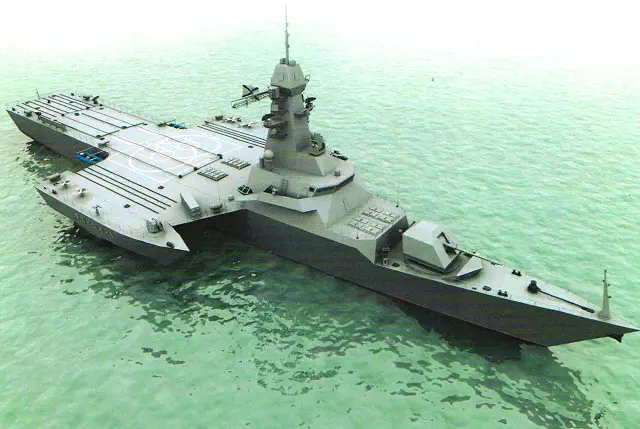

Once the island was taken, and Moskva settled in to a wartime routine. The warship sitting off the island was none other than Moskva, the most powerful warship in the Black Sea.Ī Slava class cruiser, the Moskva was a behemoth armed to the teeth, making it an obvious contender as the flagship of Russia’s Black Sea Fleet. Ukrainian border guard Roman Hrybov famously remarked ‘ Russian warship, go F*** yourself!‘. Read more of our recent coverage of the Ukraine crisis.On the first day of Russia’s invasion of Ukraine, Russian warships started making their presence felt in the Black Sea to portent the events that were to follow. And, reckons the colonel, Ukraine’s display of prowess may encourage allies to provide more of the anti-ship missiles that they have promised. A Russian amphibious assault on Odessa looks much riskier. Turkey has closed the Bosphorus and Dardanelles straits to additional warships, so a replacement cannot be sent.

But Russia will now find it harder to provide air defences over its fleet. It also launched retaliatory strikes on Ukraine, including on the Neptune factory near Kyiv.

Russia, despite insisting that the Moskva succumbed to an accident, moved the rest of its fleet back from Ukraine’s coastline immediately after the incident. Shrapnel from a Neptune strike may have ignited their rocket fuel or detonated one or more of the warheads. The 16 silos containing the ship’s P-1000 “Vulcan” anti-ship missiles were particularly exposed. The design of the ship also made it vulnerable. The warship appeared to have been operating just 60 nautical miles off Odessa, with limited support from the rest of the fleet, perhaps because Russia underestimated the Ukrainian threat. The sinking of the Moskva also reflects Russian shortcomings. According to Pierre-Henri Chuet, a former fighter pilot in the French navy, the missiles’ radars may have been turned on for only the last two or so minutes of a flight lasting five times as long. “Illuminating” a warship with targeting radar sets off alarms. If the drones were able to transmit the Moskva’s position back to the missile, the Neptunes’ radars could have remained off during much of their approach. The colonel, who requested anonymity, claims that the drones misdirected the crew’s attention while collecting targeting information for the missiles. Their presence above the ship could therefore be expected to unnerve those onboard and distract radar operators. These drones, which are made in Turkey, have been effective against Russian armoured vehicles and artillery. Shortly before the attack, Ukrainian forces flew Bayraktar TB2 drones near the Moskva, says a colonel in Kyiv, Ukraine’s capital, who spoke to The Economist. The strike’s success appears to have been aided by smart tactics. Unlike much anti-ship weaponry, they travel slower than the speed of sound. But the Neptunes’ stealth is not matched by their speed. Hugging the Earth’s curved surface can keep a projectile out of a radar’s line of sight, at least for a while waves, rain and even mist can interfere with radar pulses. This makes them harder for their targets to detect, particularly at a distance. Neptune missiles, which Ukraine says it fired from a mobile launcher on land, fly low over water. The warheads were designed and manufactured in Ukraine, based on a Russian anti-ship missile known as Kh-35. American officials corroborated their claims. Ukrainian officials said on April 14th that two Neptune anti-ship missiles had struck the Moskva. How could an underdog have inflicted such a significant naval loss? But footage of the damaged vessel, which emerged on April 18th, seems to confirm Ukraine’s claim that it struck the ship. Russia’s defence ministry claims the warship sank after an accidental fire detonated ammunition. The ship was protected by three layers of air defence: batteries of S-300F and OSA-MA missiles to shoot down threats at long and shorter ranges respectively, and automated AK-630 Gatling guns to throw a wall of lead at anything that got too close. It bristled with sensors, radio jammers and guns. At 186 metres, the Moskva was nearly the length of two football pitches. B efore it sank, the flagship of Russia’s Black Sea fleet cut a mean figure.


 0 kommentar(er)
0 kommentar(er)
